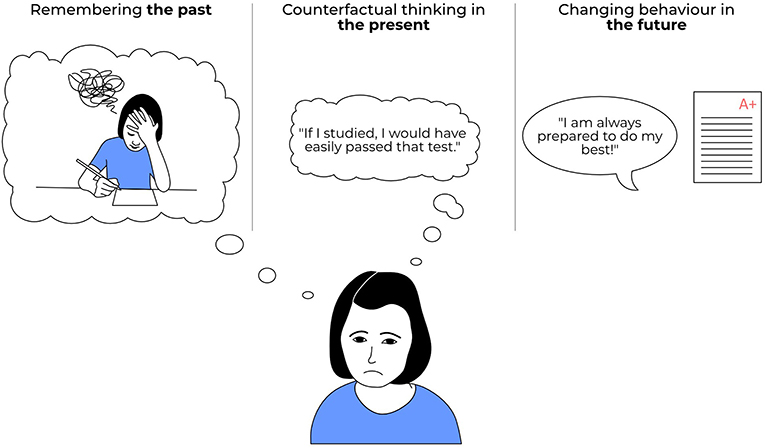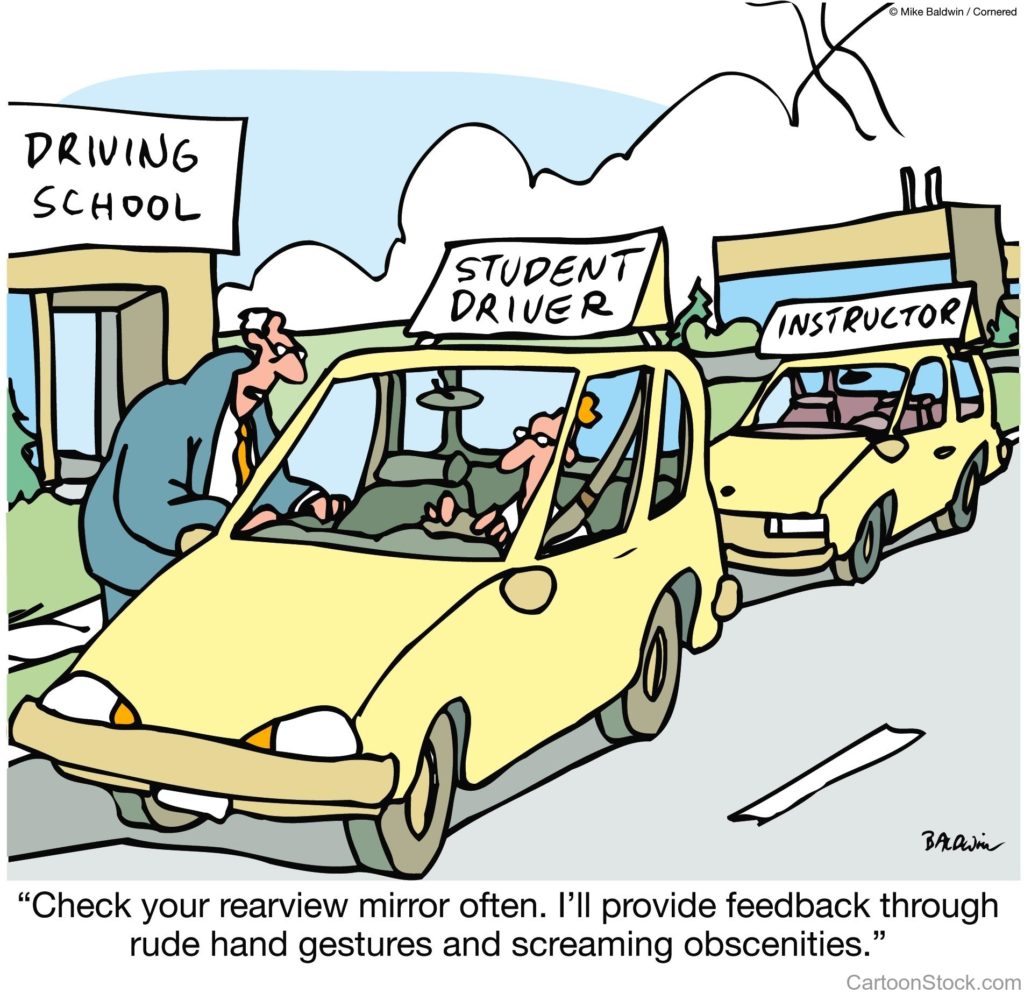
Friends,
For the past 14 years, I’ve led groups of friends on annual trips to destinations around the world. We’ve explored Paris, London, Western Europe, Russia, Peru, the Mediterranean, Baltic States, Greek Isles, British Isles, and North Africa. We’ve never had a malfunction or bad experience — just memorable, life-enhancing experiences.
On our 2025 trip, we’ll explore the “Last Frontier” — Alaska. We’ll see steep forest mountain slopes, pristine waters, calving glaciers, and Native American settlements. Wildlife sightings will include whales, seals, sea otters, eagles, bears, and mountain goats (bring your binoculars)!
Mary and I have been to Alaska 10 times and enjoy it more each time we go. This trip will be a once-in-a-lifetime experience. There are so many things to like about this trip:
-
- Most cruises to Alaska are 7-days; ours is 11-days.
- We’ll sail aboard the stunning 5-star Queen Victoria; one of four ships owned by the iconic Cunard Cruise Line.
- We’ll sail the famous Inside Passage, visiting Glacier Bay and Tracy Arm.
- August is the ideal time for travel; coastal temperatures average 50-60° F with 18 hours of daylight.
- Most cruises to Alaska do not include shore excursions; ours does.
- We’ll have a full day to explore Seattle.
- The flight from DFW to Seattle is only four hours.
- The itinerary includes a stop in beautiful Victoria, British Columbia, Canada.
It’s been said that one of the joys of traveling is not only where you go but who you go with and who you meet along the way. This boutique trip will be limited to 50 individuals who travel well and enjoy exploring great places.
There’s a reason we call our trips Travel with Friends. We want to create an experience in which lifelong friendships can be established and nurtured.
Travel takes time and money, but it’s worth the investment. You’ll be stretched and challenged, and you’ll learn more about the world in which we live and the life you live in the world.
I hope you’ll join us on this memorable trip. See below for brochure.
Don and Mary



